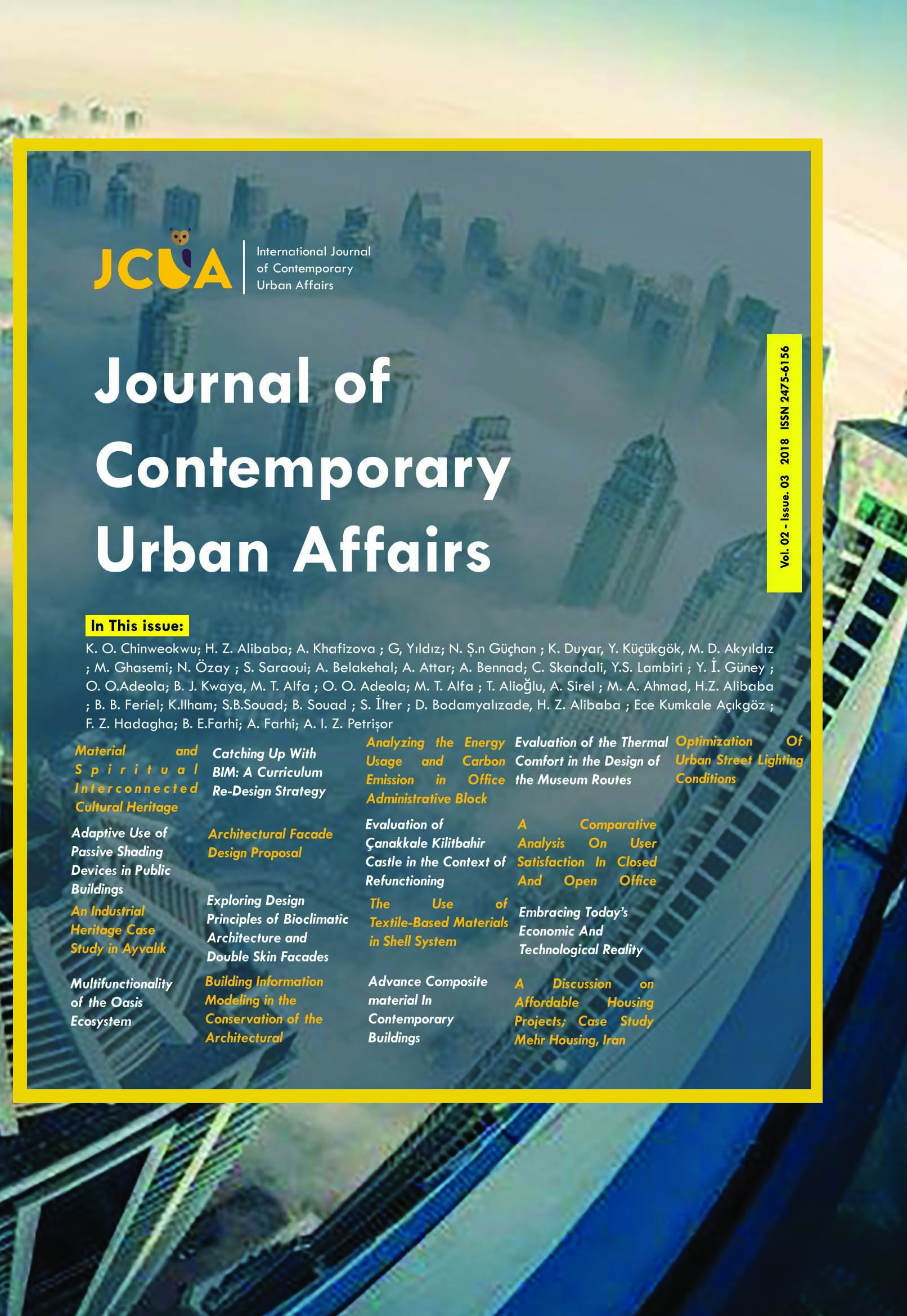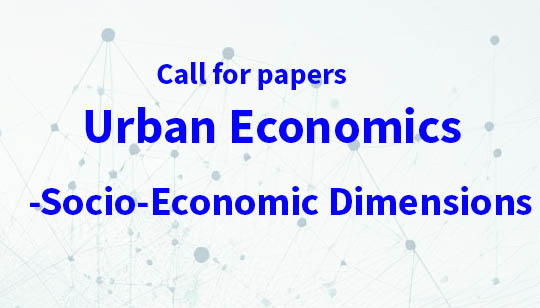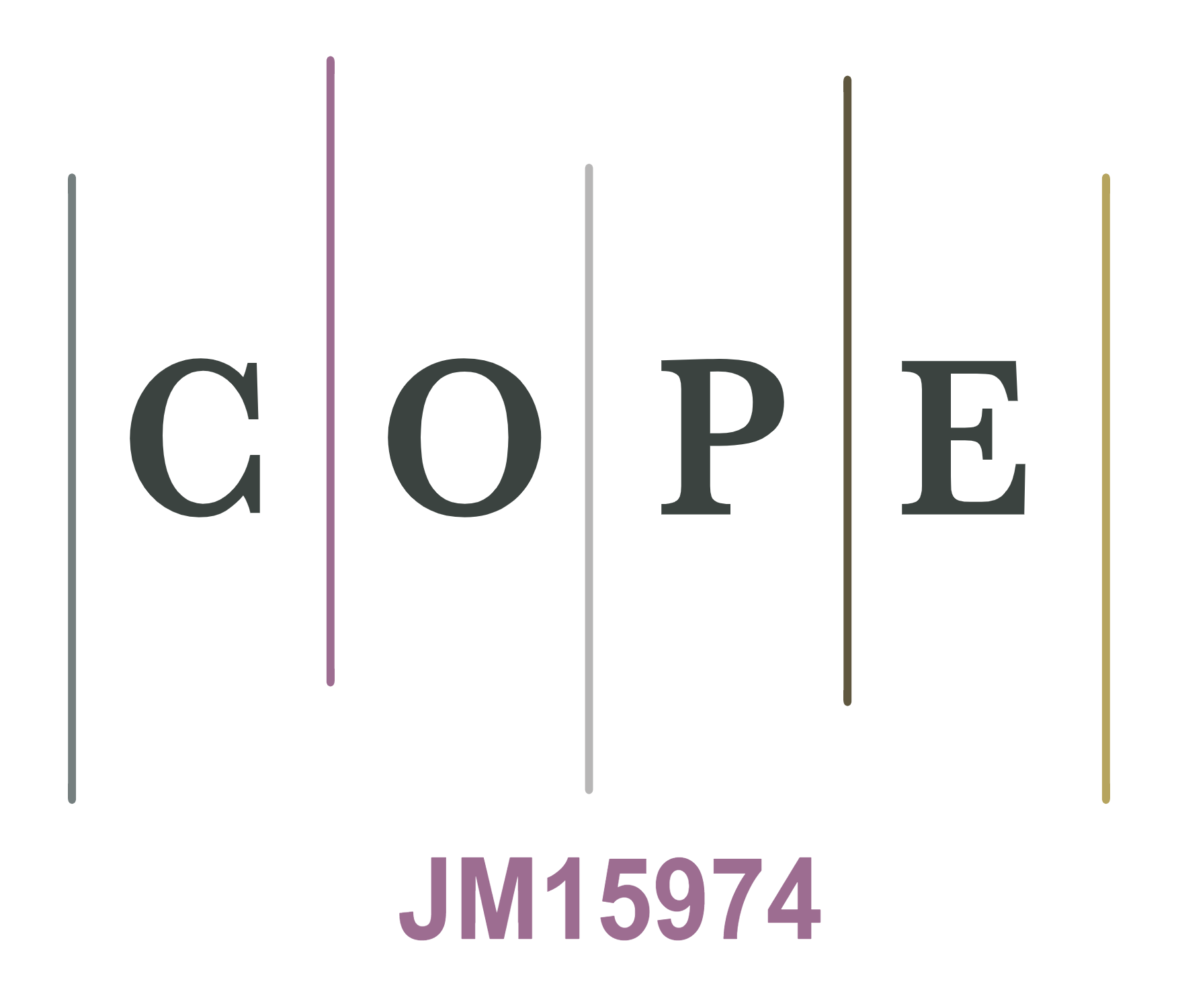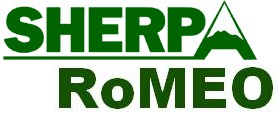A Comparative Analysis On User Satisfaction In Closed And Open Office Buildings: Case Study Of Some Selected Buildings In Abuja
DOI:
https://doi.org/10.25034/ijcua.2018.4724Keywords:
Office building, Open office, Close office, Users satisfaction, Users PreferenceAbstract
Many organizations and industries around the world have their own preference for office type base on the nature of services to be rendered. Office building without employee’s satisfaction can adversely affect their performances at their places of work. Open office is an office that has large open space with no partitionable walls but providing workstation for each employee within the open space while the close office is the type with solid walls or frames as partitions with doors which open to each office. It is in light of this that the design of office becomes imperative to both employers and architects. The aim of this study is to investigate user satisfaction and preferences in office buildings, in other to proffer appropriate design suggestion and recommendation that can be used when providing office to employees. A survey is adopted through the aid of administered questionnaire to respondents, and the results are therefore analysed using the simple statistical tool. Findings from the study reveal users satisfaction and preference for open office layout, it further reveals efficiency in users productivity due to its effectiveness in communication, knowledge sharing, space-saving, cost-saving and flexibility in managerial activities. The study, therefore, creates a correlation between findings conducted by other researchers over the years concerning the provision of office for employees their preference and satisfaction for open office buildings.
Downloads
References
Brennan, a., and kline, T. (2002). Traditional versus open office design: a Longitudinal field study, journal of environment and behavior, 34( 3), 279-299. https://doi.org/10.1177/0013916502034003001
Demarco, T. S. (1994). Getting past burnout, busywork and the myth of total Efficiency. Random house, new york.
Heerwagen, j., Kampschroer,K. (2004). Collaborative knowledge work Environments. journal of building research& Information, 32(6): 510-528. https://doi.org/10.1080/09613210412331313025
Mike, o and von, h .(2008). Open plan and enclosed private offices research review And recommendation journal of environmental psychology, 25(5), 219-229.
Veitch, j. Charles, k., kelly, farley k. And newsham, g. A (2004).Model of satisfaction With open-plan office conditions: cope field findings. Journal of environmental Psychology, 27(3): 177-189. https://doi.org/10.1016/j.jenvp.2007.04.002
Venezia, c. And allee, v. (2007).Supporting mobile worker networks: components for Effective workplaces, journal of corporate real estate, (9)3:168-182. https://doi.org/10.1108/14630010710845758
Wymer, t. (2008). A map for the emerging workplace: the y in the road, knoll.
Yildirim, k., akalin-baskaya, a. And celeb, m. (2007). The effects of window Proximity,partition height, and gender on perceptions of open-plan offices. Journal ofenvironmental psychology, 27(20), 154-165. https://doi.org/10.1016/j.jenvp.2007.01.004
Micheal, c .(2008). The fluid office: an open and closed case, applying distraction Conflict theory to the challenges of it workers productivity.saint louis, missouri.
Brookes, m. J., & kaplan, a. (1972). The office environment: space planning and affective behavior. Human factors, 14(5), 373-391. https://doi.org/10.1177/001872087201400502
Wineman, j. D. (1986). Behavioral issues in office design. Van nostrand reinhold company.
Peponis, j., bafna, s., bajaj, r., bromberg, j., congdon, c., rashid, m., ... & zimring, c. (2007). Designing space to support knowledge work. Environment and behavior, 39(6), 815-840. https://doi.org/10.1177/0013916506297216
Brill, m. (1984). Using office design to increase productivity. Workplace design and productivity.
Wineman, j. D. (1982). Office design and evaluation: an overview. Environment and behavior, 14(3), 271-298. https://doi.org/10.1177/0013916582143002
Moore, g. T., tuttle, d. P., & howell, s. C. (1985). Environmental design research directions: process and prospects (pp. 4-of). New york: praeger.
Published
Issue
Section
License
Copyright (c) 2018 Journal of Contemporary Urban Affairs

This work is licensed under a Creative Commons Attribution-NonCommercial-NoDerivatives 4.0 International License.






















